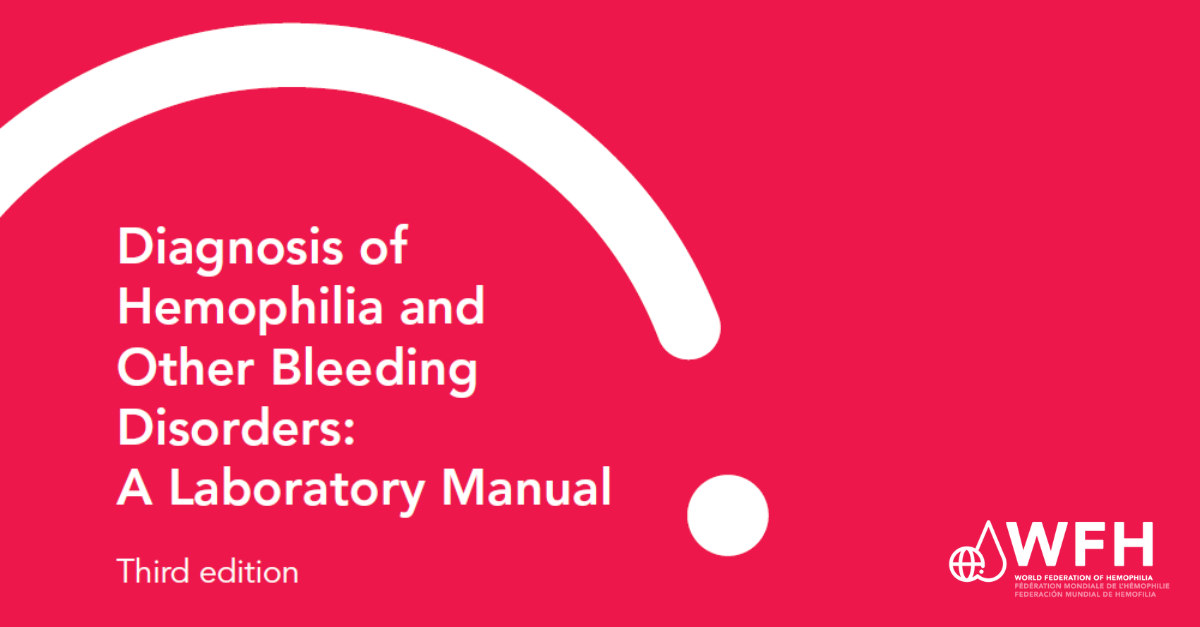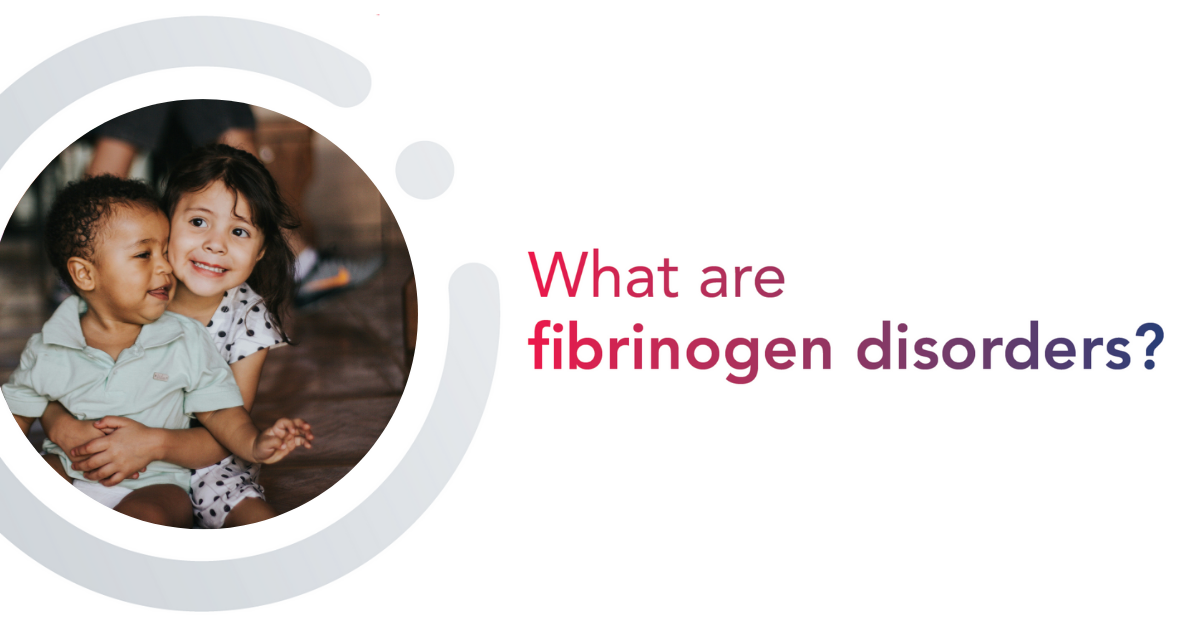
Ultra-Long Half-Life (UHL) Factor Therapy
This video gives a quick introduction to ultra-long half-life (UHL) clotting factor replacement therapy. Learn more about different treatment options
Year: 2021
Language: English
Author(s): World Federation of Hemophilia
Listen to this 90-minute webinar presented on June 2, 2021 to learn about the latest WFH updates on COVID-19 vaccination for people with bleeding disorders. The webinar provided an opportunity for attendees to learn about the authorization and safety of COVID-19 vaccines, with a focus on the regulators’ perspectives from the EU and the U.S.A., and about the latest update on the CEPI, GAVI, WHO and UNICEF COVAX initiative.
The session was chaired by Glenn Pierce (WFH Vice President, Medical), and panelists included Cedric Hermans (WFH Medical board member), Manuela Mura (Scientific Officer, EMA), Peter Marks (Director, Center for Biologics Evaluation and Research, FDA), Claudia Nannei (Senior Technical Officer, WHO) and Radoslaw Kaczmarek (WFH Coagulation Product Safety, Supply, and Access Committee chair).
To download a pdf of the slides of the webinar, click the icon below.
The WFH does not engage in the practice of medicine and under no circumstances recommends particular treatment for specific individuals. For diagnosis or consultation on a specific medical problem, the WFH recommends that you contact your physician or local treatment centre. Before administering any products, the WFH urges patients to check dosages with a physician or hemophilia centre staff, and to consult the pharmaceutical company’s printed instructions.
The WFH does not promote any particular pharmaceutical product and any mention of any commercial brand in this presentation is strictly for educational purposes.

This video gives a quick introduction to ultra-long half-life (UHL) clotting factor replacement therapy. Learn more about different treatment options

The 3rd edition of the WFH laboratory Manual is the definitive how-to guide for the accurate diagnosis of hemophilia and

Listen to this 90-minute webinar presented on March 7, 2025, to learn about women and girls with bleeding disorders (WGBD).

The Report on Annual Global Survey (AGS) includes demographic and treatment data, providing a global snapshot of people with hemophilia,

This patient handbook contains basic information about the inheritance, diagnosis, symptoms and management of fibrinogen disorders, including afibrinogenemia, hypofibrinogenemia, dysfibrinogenemia

Publishing in Haemophilia—the official journal of the WFH—presents both opportunities and challenges for researchers and practitioners in the field. While